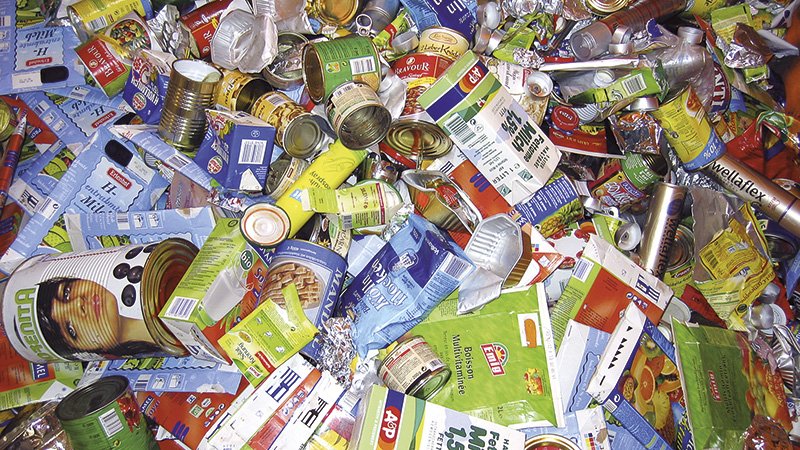Commission Services is currently consulting with Member States on guidance to implement the Single Use Plastics Directive (SUPD). The draft guidance does not recognise that the thin polymeric coatings, which are used to ensure paper cups hold liquid, are a minor component and also support the move away from plastic packaging. The SUPD rules also require plastic beverage cups to be marked with a logo to show they contain polymers or are made of plastics.
Consumer testing and validation of the proposed markings included field tests which treated paper and plastic cups in the same way. Even though product marking has proven to be valuable in encouraging and guiding proper disposal and recycling behaviours of various materials, it can easily create consumer confusion and cause challenges for both paper cup and plastic cup recycling.
Antonio D’Amato, EPPA President, commented: “Today, paper cups are part of the circular economy – they are recyclable and are being recycled across Europe and turned into new paper products. EPPA’s members are committed to working with others in the value-chain to increase those recycling rates. That requires consumers to put paper cups in the right bins in each country. It is therefore extremely disappointing that the Commission Services’ draft guidance would effectively tell consumers to put paper cups in bins identified for plastics. Not only will this reduce paper cup recycling, it will harm plastics recycling streams.
“EPPA strongly supports policies that will achieve a sustainable Green and low-carbon recovery. The Alliance therefore calls on the European Commission to urgently assess the unintended consequences that the draft guidance will create. A simple solution to avoid these problems is to introduce a Threshold, which sets a maximum amount of polymer in non-plastic products.”









